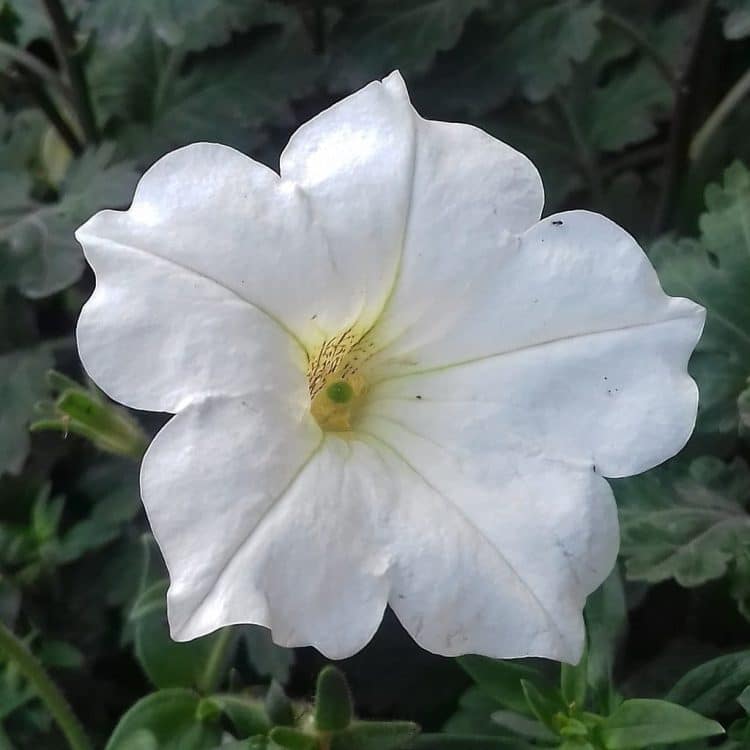Over the last six plus decades, botanical science and modern medicine have journeyed on different trajectories. Where and when once the two entwined, in many ways they migrated farther and farther away from each other until one could only see the other as a faint speck on the horizon. Maybe they wept and waved at each other as the distance between them grew from extraneous sources unraveling their embrace.
There was a time, however, when credible scientific researchers investigated soon-to-be taboo plants or substances for their therapeutic efficacy. Perhaps if their research could have continued, the liberation from various traumas we desperately require today would not be so incalculable.
Reminiscing back to pre-Schedule I years illustrates nostalgias of the identification of delta-9 tetrahydrocannabinol (THC) [1] and lysergic acid diethylamide (LSD) as psychoactive molecules conferring medicinal promise. Albert Hoffman discovered LSD in 1938, and in 1943, accidentally absorbed the substance through his skin, experiencing its hallucinogenic effects. “Last Friday, April 16, 1943, I was forced to interrupt my work in the laboratory in the middle of the afternoon and proceed home, being affected by a remarkable restlessness, combined with a slight dizziness…In a dreamlike state, with eyes closed… I perceived an uninterrupted stream of fantastic pictures, extraordinary shapes with intense, kaleidoscopic play of colors,” Hoffman reported. Hoffman ingested the substance he had synthesized to induce the same experience thereby confirming its hallucinatory properties.
He subsequently synthesized lysergic acid derivatives to gauge how their chemical structure affected “psychic activity.” [2] Ergine, isoergine, and ergometrine provide three examples of semi-synthetic molecules Hoffman produced from ergot fungus. His lab later determined that psilocybin and psilocin were the active ingredients in a Mexican fungi known as teonanácatl, sparking Hoffman and the provider of the mushrooms to explore other “Mexican magic drugs” like morning glory and beach moonflower seeds. Known by the Aztecs as ololiuhqui, morning glory seeds were found to contain indole groups similar to LSD, psilocybin, and psilocin. A 1960 study reported that moonflower seeds were used with or instead of morning glory seeds [3], so Hoffman obtained these seeds as well.
The two main constituents of the morning glory seeds were the ergot alkaloids ergine and isoergine, which are structurally related to LSD. “The isolation of lysergic acid amides from ololiuhqui closed what is in reality a most strangely coincidental circle of research,” Hoffman recounted.
The seeds were extracted with methanol and then the extract was defatted with petroleum ether. The defatted residue was analyzed for indole molecules using “paper chromatograms” developed using p-dimethylaminobenzaldehyde and hydrochloric gas which resulted in the trademark violet-blue hue of indoles. Hoffman and his assistant ingested a few milligrams to test whether this indole fraction contained the active ingredient(s). Thin-layer chromatography provided a better separation of the ingredients within the indole fraction. Hoffman exercised extra caution when ingesting the substance: “After my experience with LSD, I have become cautious; we started by taking doses as small as 0.1 mg, gradually increasing the dosage. With 2 mg of this crude indole fraction, we got clear-cut psychic effects; a dream-like state resulted with drowsiness and alterations in the perception of objects and colors. This showed that the indole fraction of the Rivea extract contained the psychic active principles.”
To generate larger alkaloid quantities, seeds were ground, made alkaline with baking soda (sodium bicarbonate), and extracted with ethyl acetate. The alkaloids were fractionated from the extract using aqueous tartaric acid, mixed again with ethyl acetate, and finally made alkaline with more baking soda.
Beach moonflower seeds contained more active ingredients than morning glory seeds. Ergine tested highest in both seed extracts. Other alkaloids included isoergine, chanoclavine, and elymoclavine. Ergometrine was only detected in beach moonflower seed extract, whereas lysergol was only detected in morning glory seed extract. Of note, alkaloids were also found in the fresh leaves, stalks, and roots of beach moonflower, and to a lesser concentration in morning glory leaves, demonstrating that the compounds were indeed native to the plants and were not present from fungal contamination. Hoffman again tested the active ingredients on himself. [2]
This study recounts a tale of botanical extraction to get at the root of why a culture would utilize specific plants for medicinal and ceremonial purposes. Once shunned plants like cannabis and magic mushrooms are being resurrected for the therapeutic properties they present. It’s a tactical blessing that humankind has veered off the well-trodden pharmaceutical course to better understand and solicit the use of Earth’s flora as medicine where possible. And so, botanical science and modern medicine are racing towards each other like lost loves, ready to interweave once again.
References
- Gaoni Y, Mechoulam R. Isolation, structure, and partial synthesis of an active constituent of hashish. J. Am. Chem. Soc. 1964;86(8):1646–1647. [journal impact factor = 14.612; times cited = 1,862 (Semantic Scholar)]
- Hoffman A. The active principles of the seeds of Rivea corymbose and Ipomoea violacea. Botanical Museum Leaflets, Harvard University. 1963;20(6):194-212. [journal impact factor = N/A; times cited = 26 (Semantic Scholar)]
- MacDougall T. Ipomea tricolor: A hallucinogenic plant of the Zapotecs. Boletin del Centro de Investigaciones Antropologicas de Mexico. 1960;6. [journal impact factor = N/A; times cited = 20 (Google Scholar)]
Image Credits: Paul VanDerWerf from Brunswick, Maine, USA, CC BY 2.0; Sabina Bajracharya, CC BY-SA 4.0












